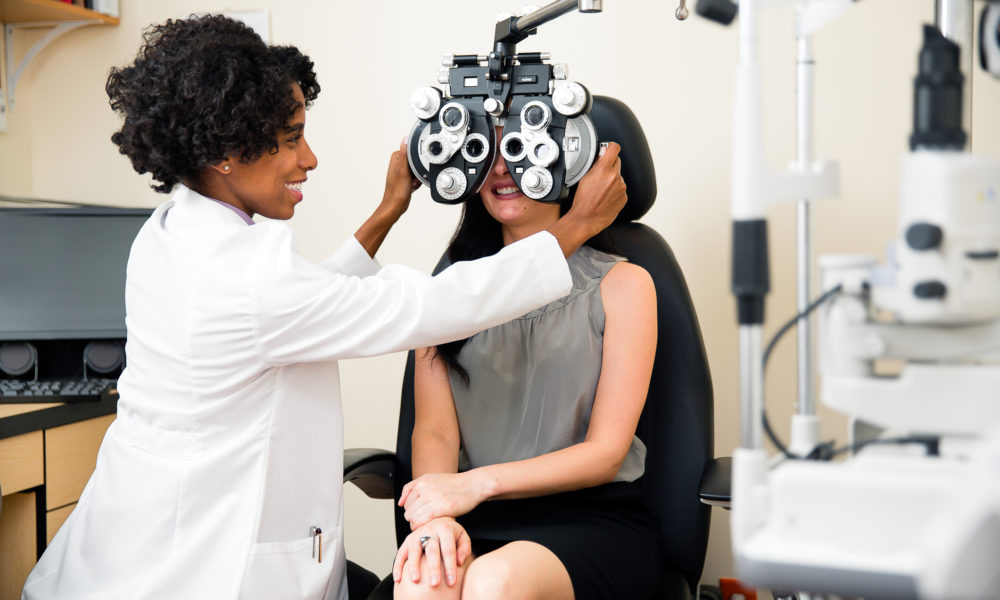When it comes to beauty and facial treatments, PRP might be the new kid on the block, but that doesn’t mean it doesn’t have a heap to offer. PRP, or Platelet Rich Plasma, is a new non-surgical procedure that helps create high quality facial and skin rejuvenation. The way it works is by using your own blood to help restore and stimulate new cell growth, which in turn works to drastically help improve your complexion, the texture of your skin and to restore lost facial volume. There’s a lot more to it, though, so in this article we take a look at what PRP is really about.
How PRP works
Facial rejuvenation PRP works by using the are cells in your blood (the platelets) normally used for clotting and growth, to repair damaged or injured tissue on the surface of the skin. In order to separate the platelets from the rest of the components of blood (which also include red blood cells, white blood cells and plasma), the PRP process involves spinning blood in a centrifuge. As this is done with the individual’s own blood, there’s also no risk of an allergic reaction or an instance where the body reacts the injection. The procedure itself first involves blood being taken (approximately between 10 and 30 millilitres), the separation of the platelets in the centrifuge (which usually takes between 8 and 10 minutes) and finally the injection of the separated solution into the site where the patient is looking to have improved. Due to the restorative nature of PRP, this site can also be the scalp, where it can be used to treat thinning hair and hair loss. With this treatment, earlier is always better when it comes to saving hair growth.
What to expect after your treatment
After your treatment, most patients should expect a degree of redness or feeling of heat in addition to mild to moderate swelling in the area where treatment took place. These are very common side effects and are nothing to worry about, with this sensation occurring due to the platelets being activated. In some cases, there will also be some slight bruising, although this will disappear within a few days. PRP is not a procedure that will have one off results, so it is important that patients return several times to have platelets re-administered. It is most often the case that patients will need three treatments over the course of four to six week intervals. During this time patients will notice that the elasticity of their skin starts to improve, but the collagen production can take several months to take place so the more impressive results will not be noticed until a little while later. It is also important to note that the treatment will last for approximately two years.
When PRP might not be for you
It is unfortunately the case that not everyone will be suitable for the PRP procedure, but these exceptions are for the most part in line for people who can’t have other cosmetic procedures. These individuals include women who might be pregnant, breast-feeding or trying to conceive. PRP is also not advised for people who experience autoimmune conditions, have experienced any cancer or who have implants in the treatment site.








